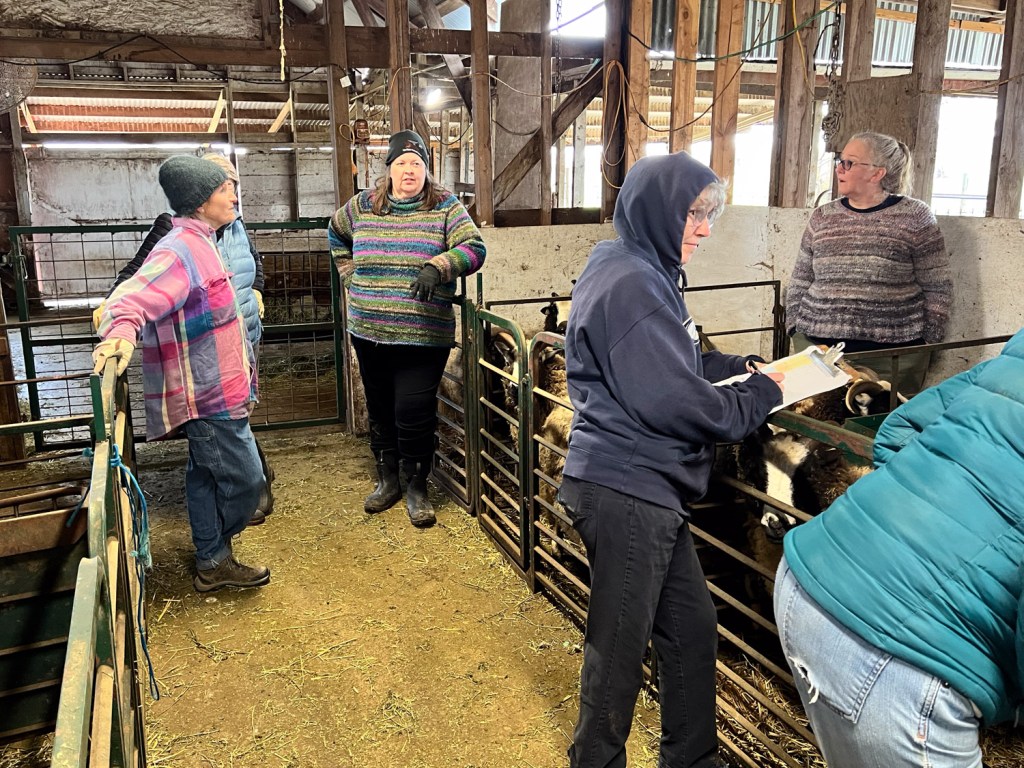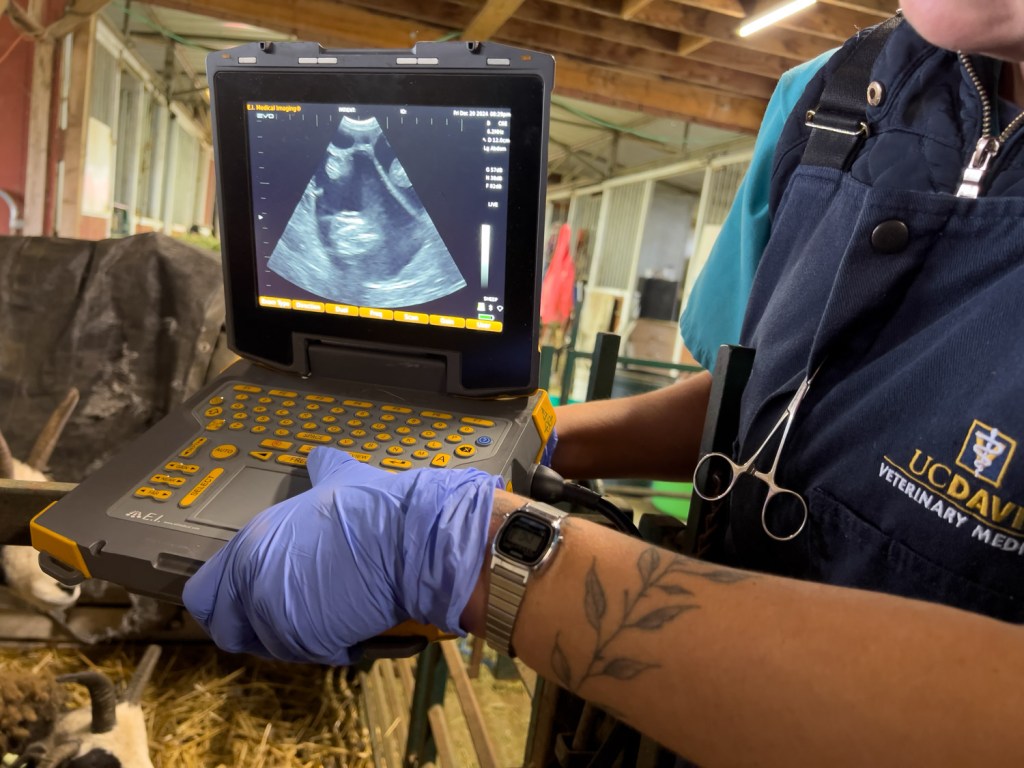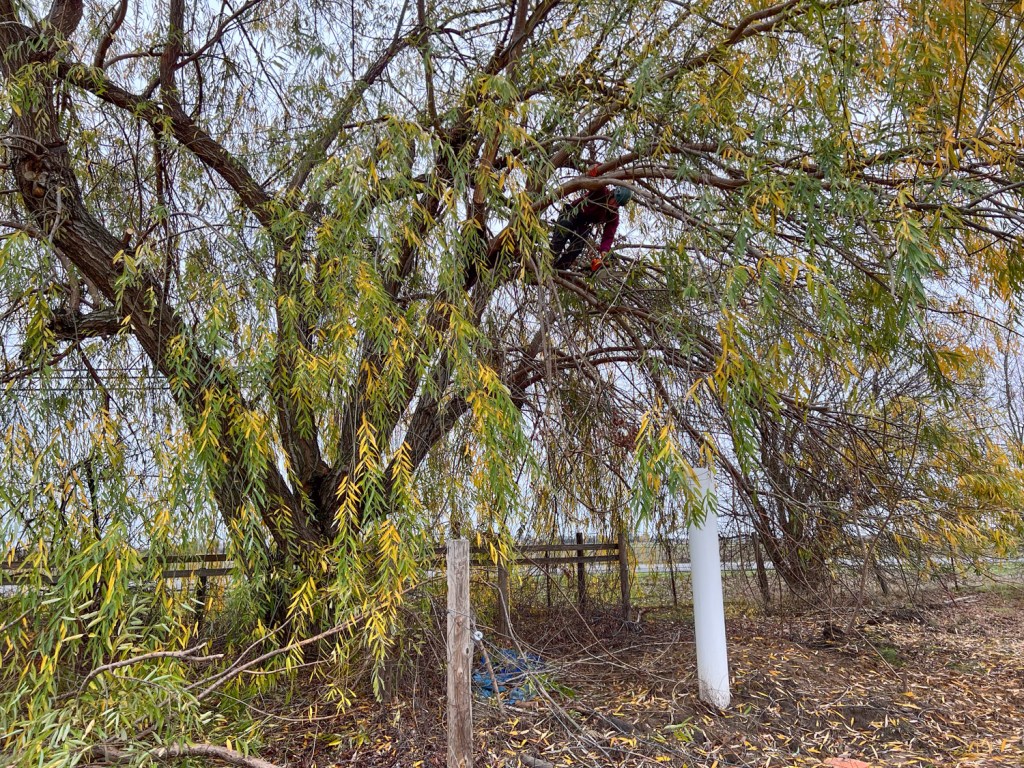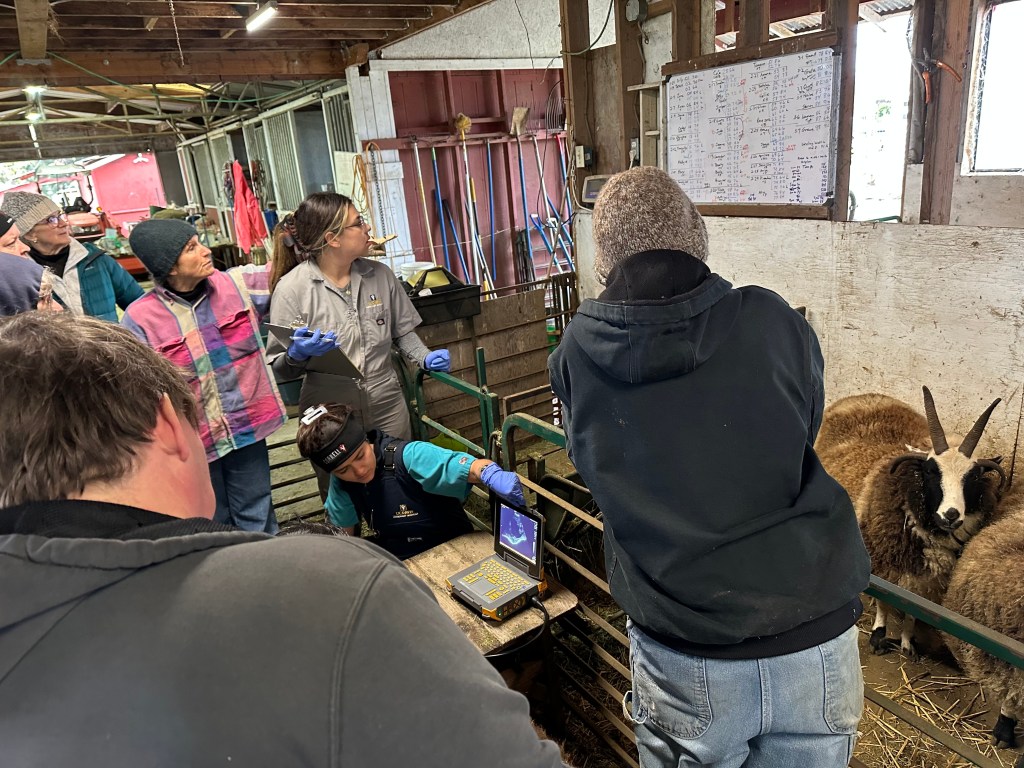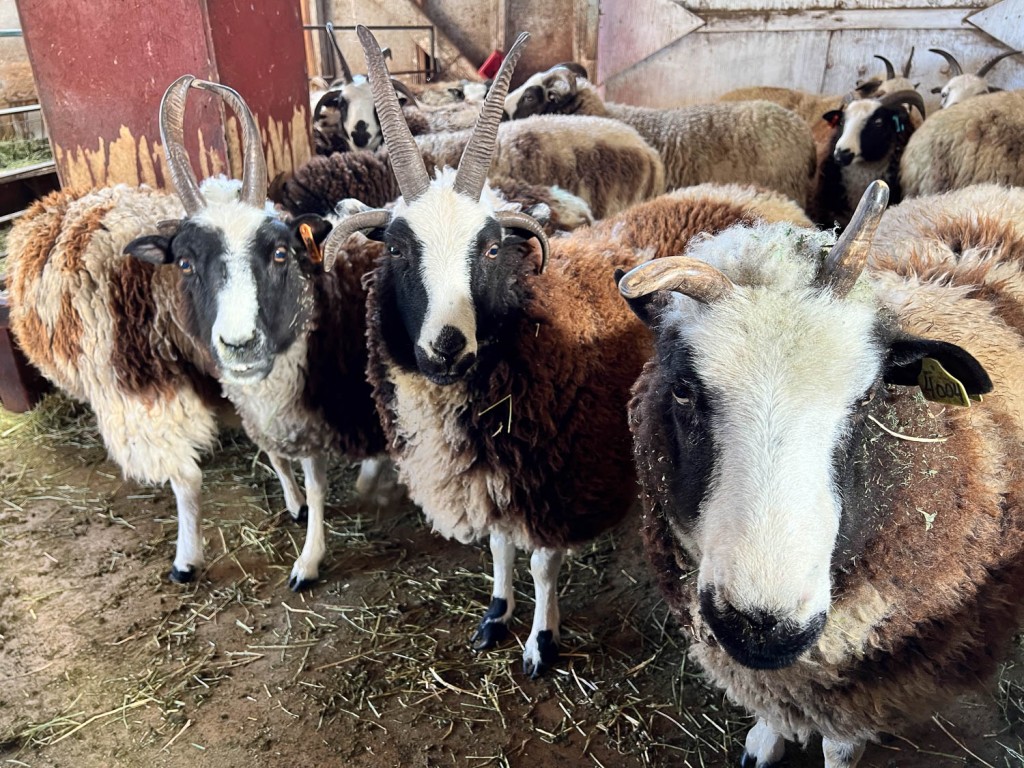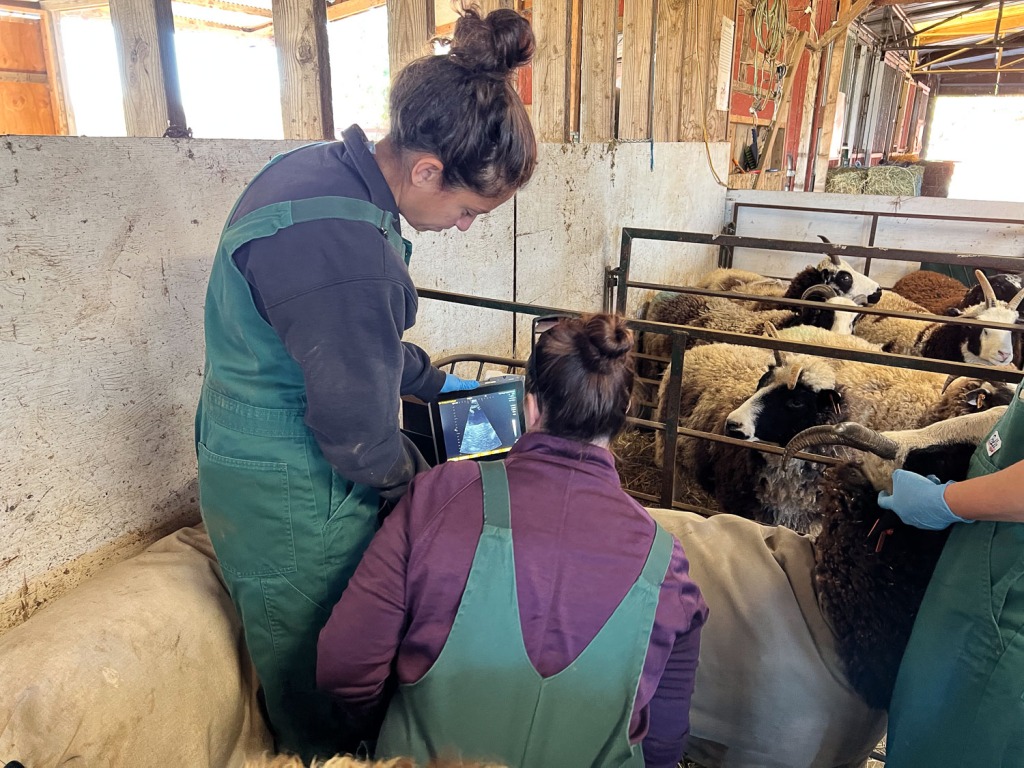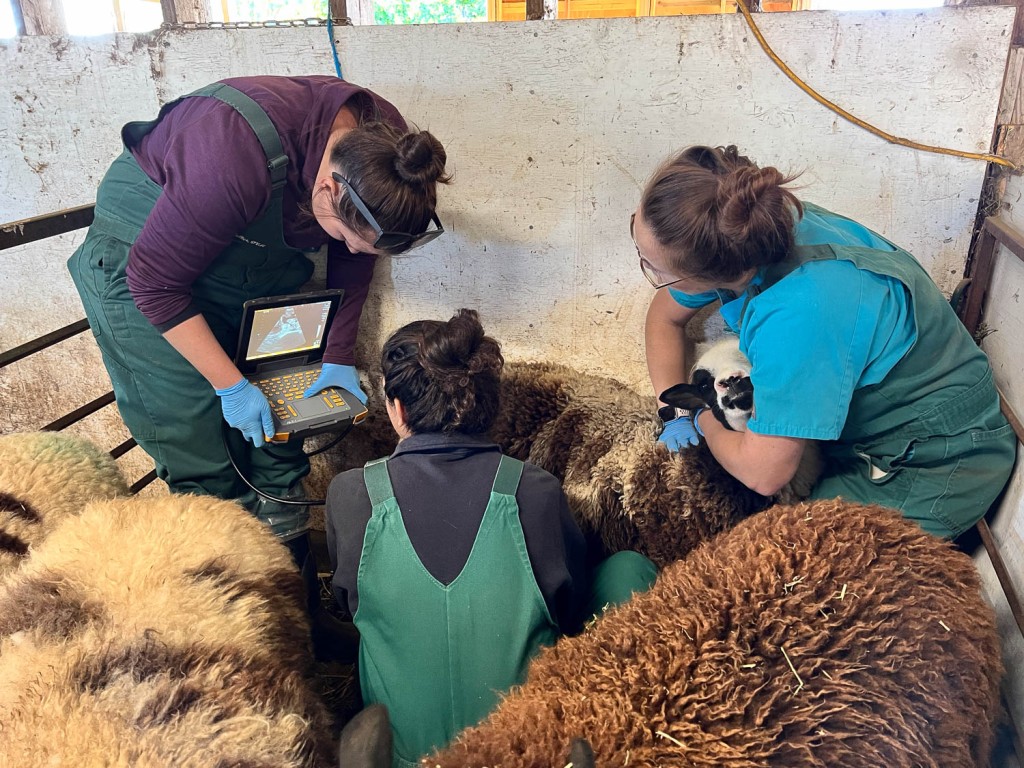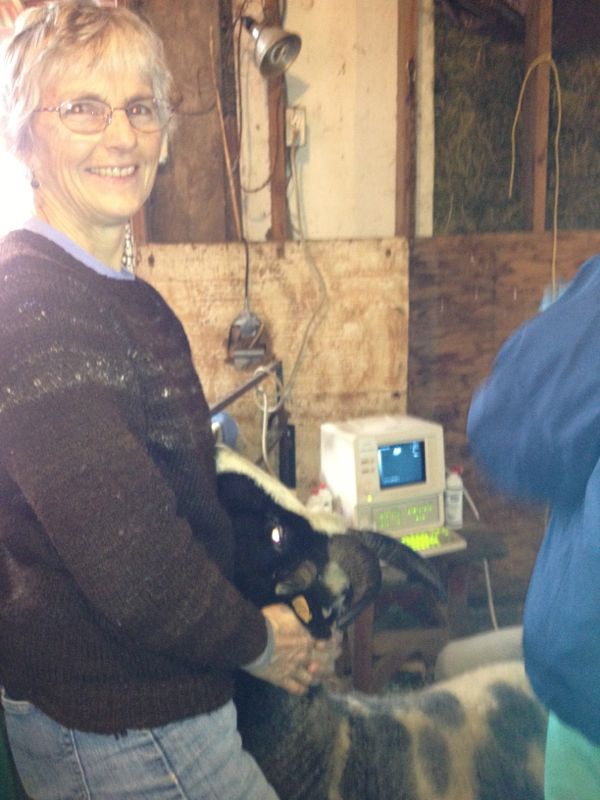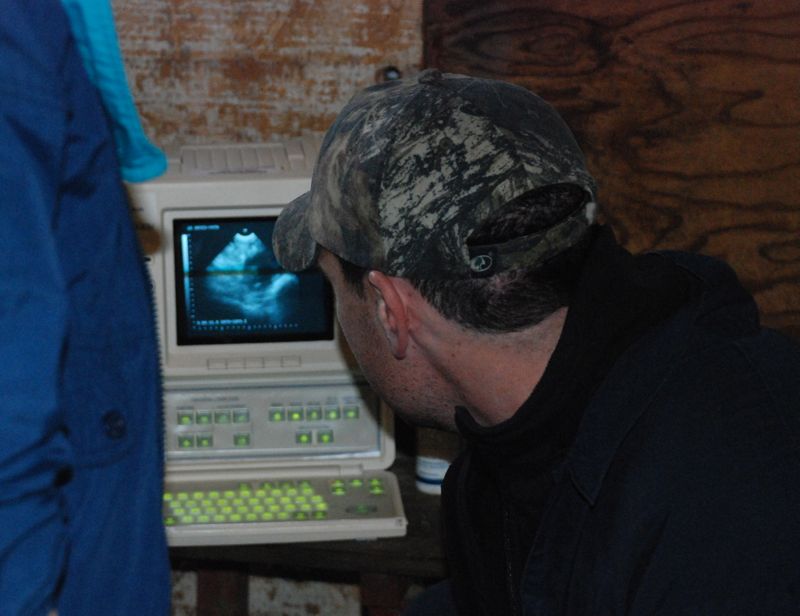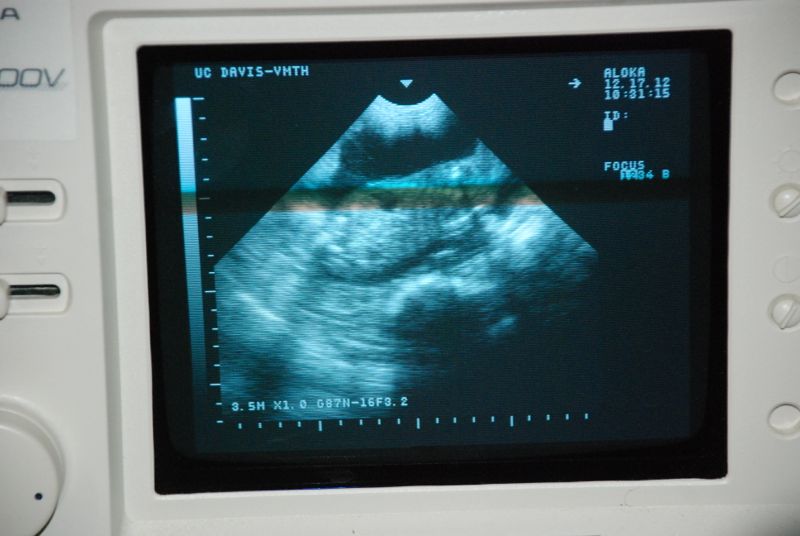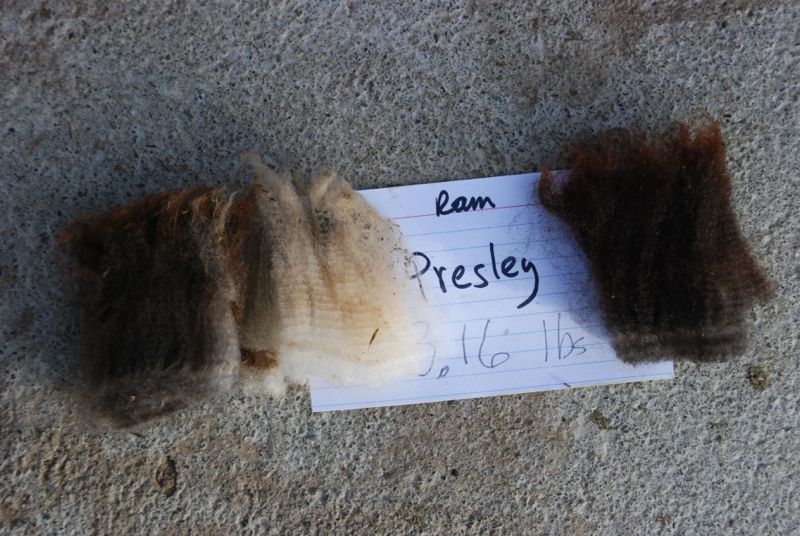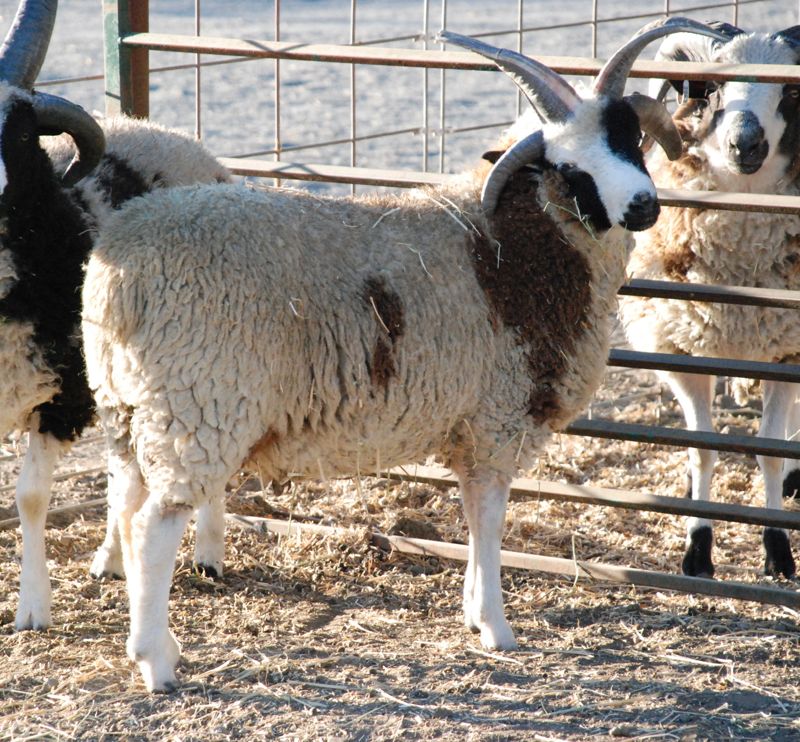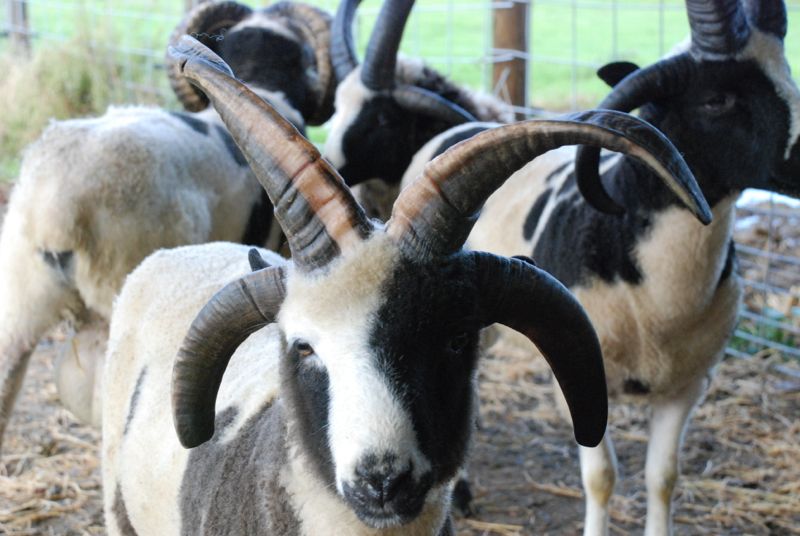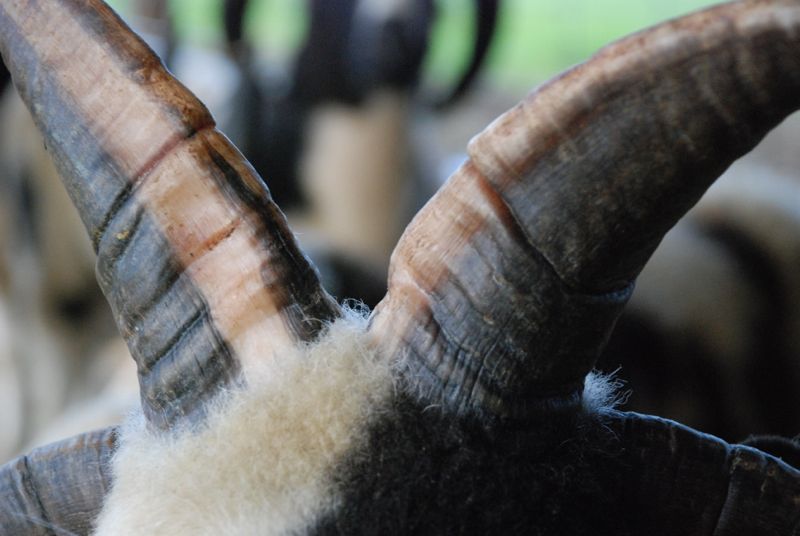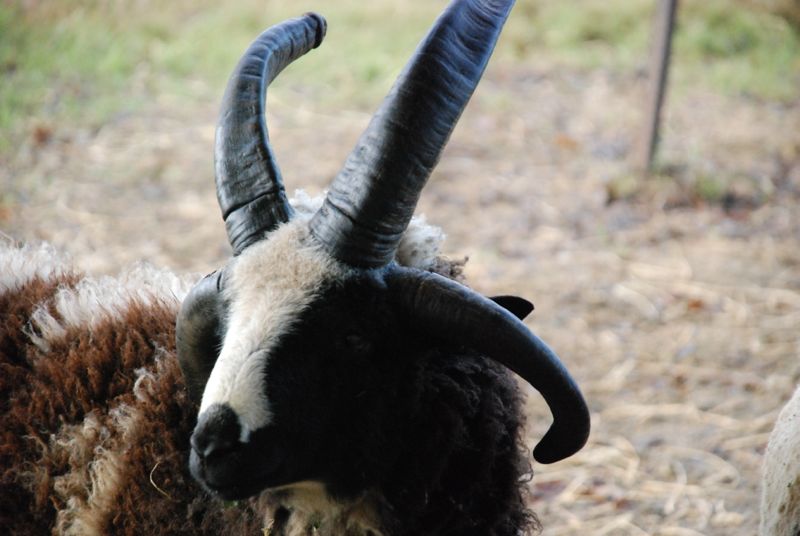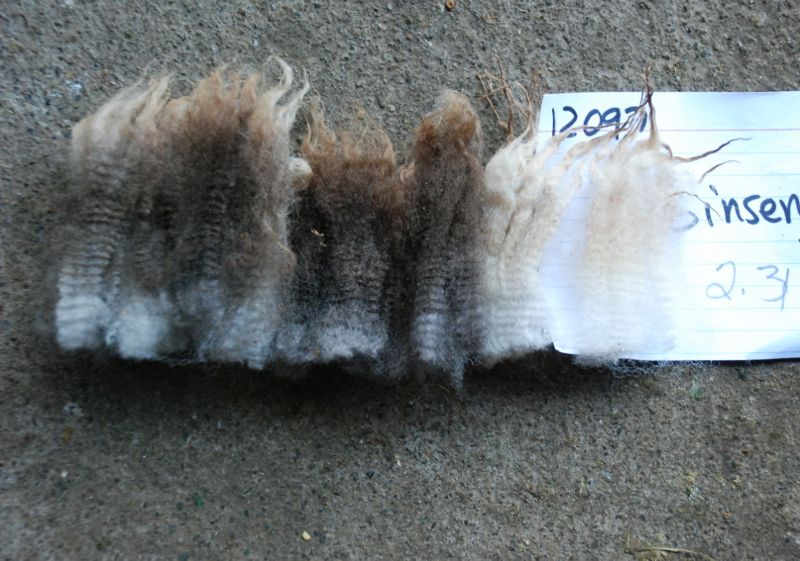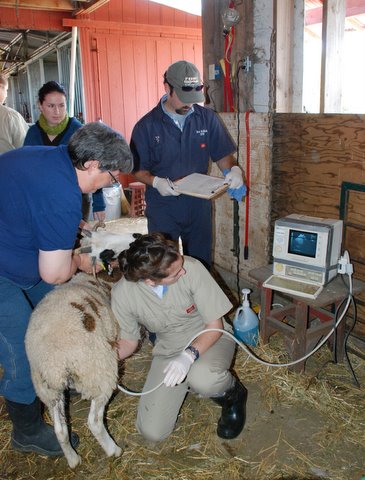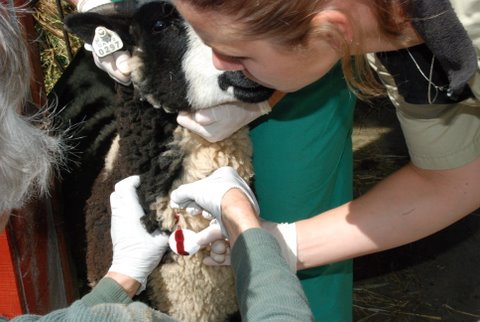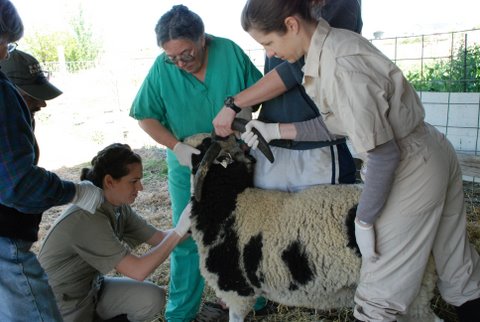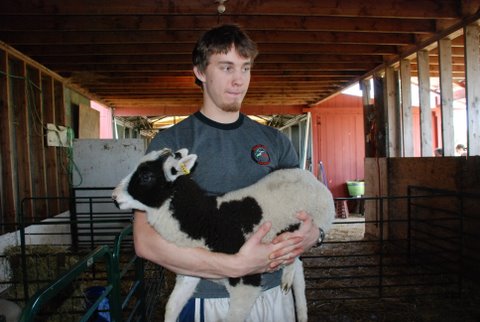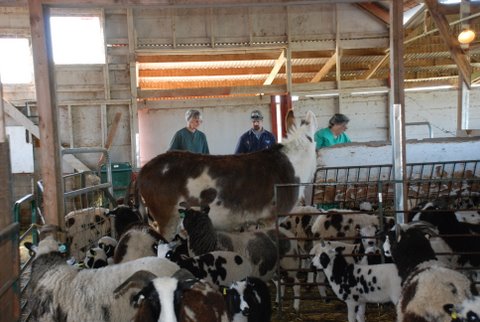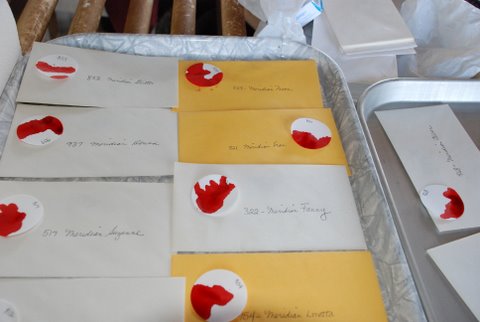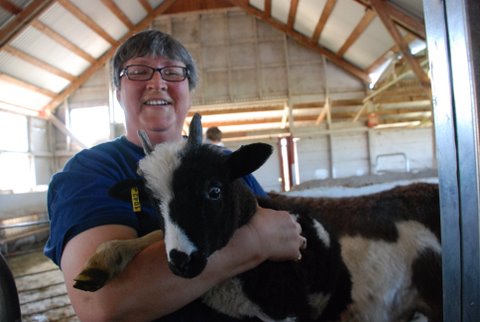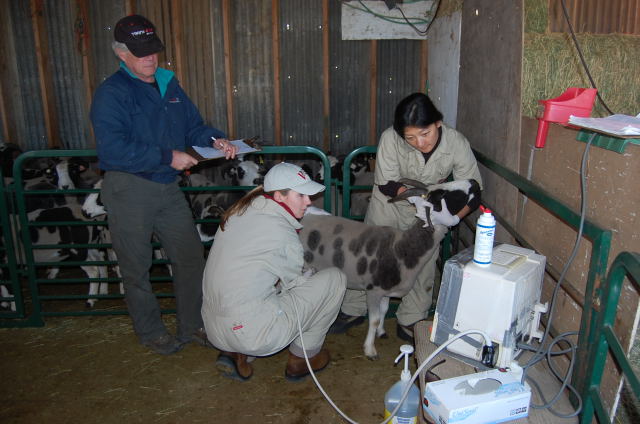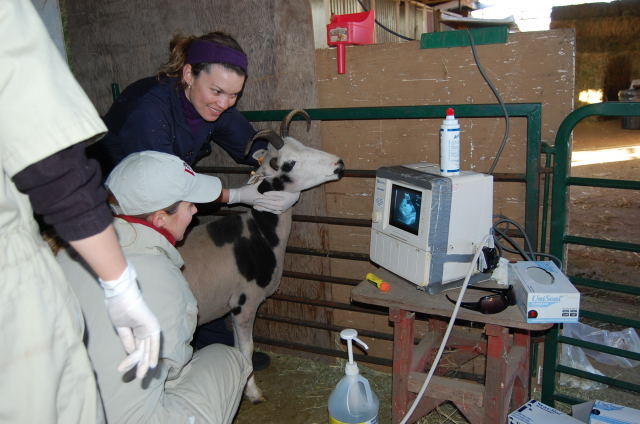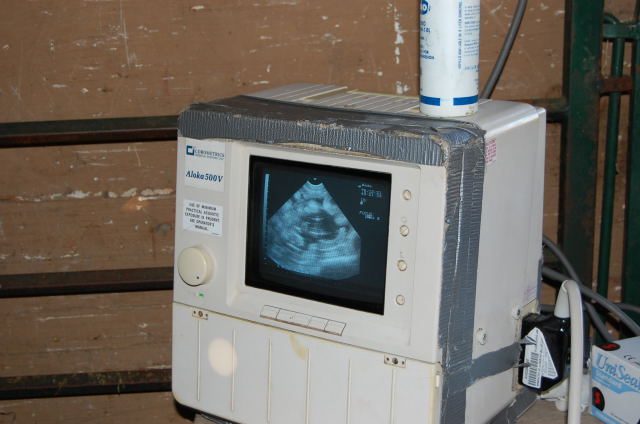Yesterday was ultrasound day.

The day began and ended very differently as far as weather. This is how I was dressed for morning chores, just has I have been for the last few weeks with the drizzly fog. The vets arrived at 9 and we got to work.
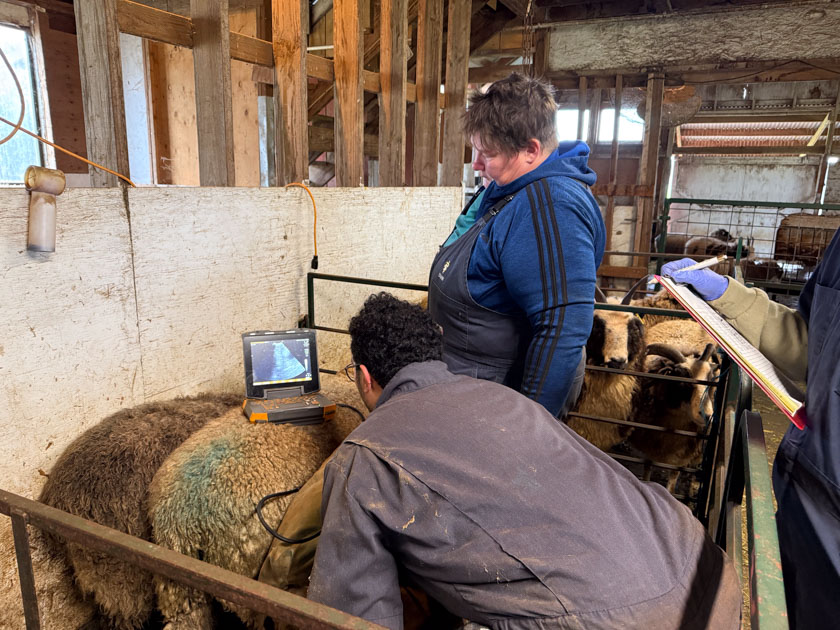
It’s worth it for me to be have confirmation of pregnancy, confirmation of due dates, and idea of how many lambs to expect. It’s not an exact science. I remember a couple of years ago when the prediction was two sets of triplets and there were eight! Some of it is about the timing of the ultrasound. Breeding season this year was from September 27 to November 11. We scheduled ultrasound day so that the timing would be right to confirm pregnancy for the sheep bred the latest. For those bred at the beginning of breeding season, the vets can certainly confirm pregnant or not, but may not be able to get an accurate count of the number of lambs because of the size of them at that point.
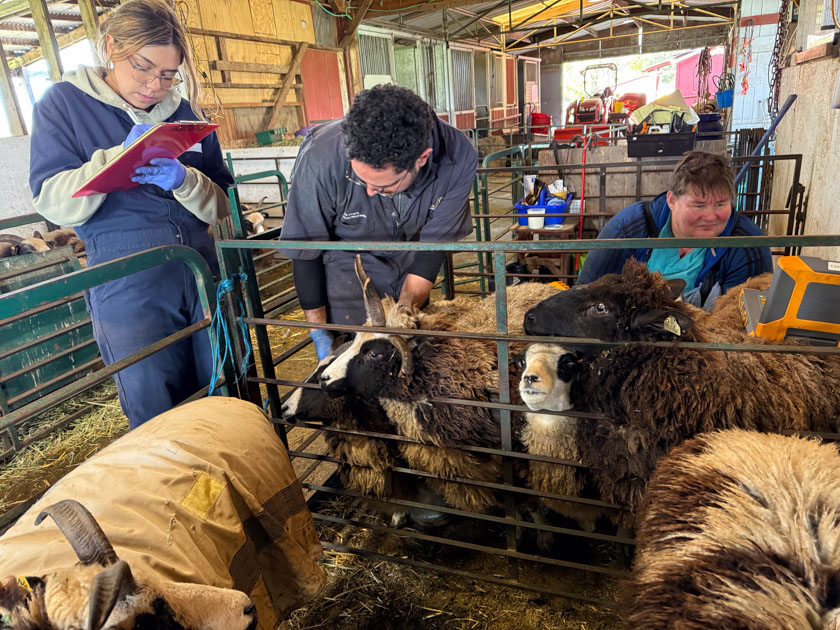
I gathered all the sheep in the barn and we put three or four in each lambing pen. When they are lined up four across it’s easier to keep them in one place, with the added advantage of a place to put the ultrasound unit.
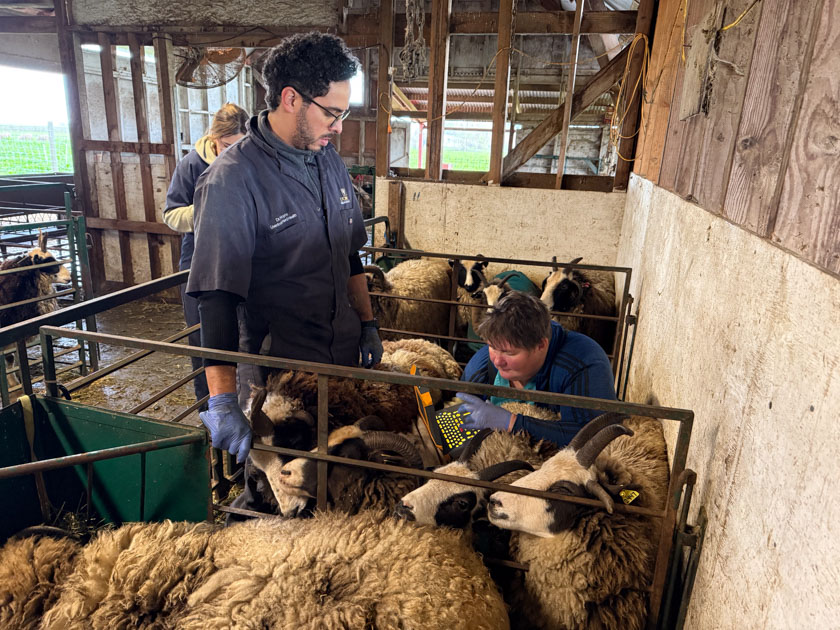
One of the vets is a resident, having earned his DVM, but getting additional experience and training. So the visit probably took longer because he was getting help from Dr. Smith and then she also double checked some of the sheep.

I took a few photos, but I sure can’t make out what is what. Whatever is important in this one is up in that top right part of the image.
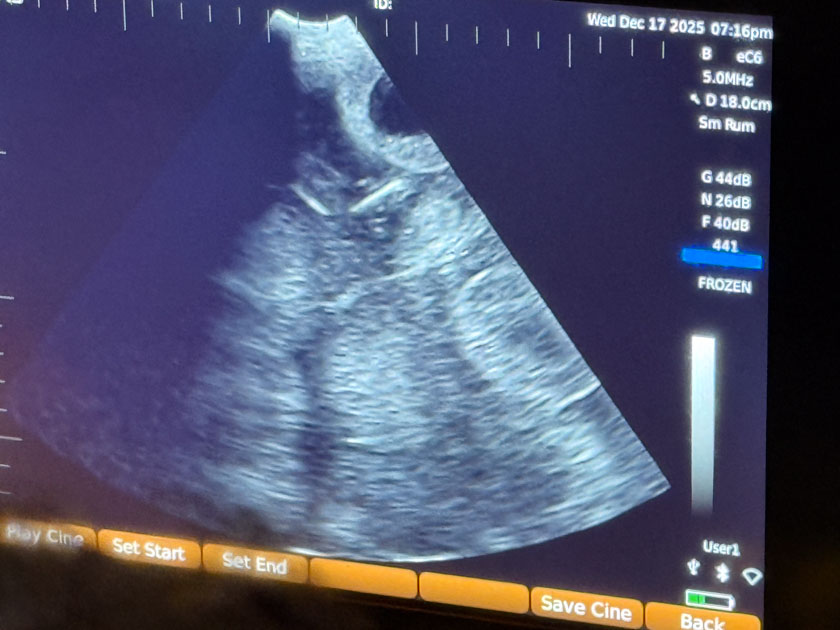
It’s what is in the upper part of this image that is significant but I can’t tell you about this either…
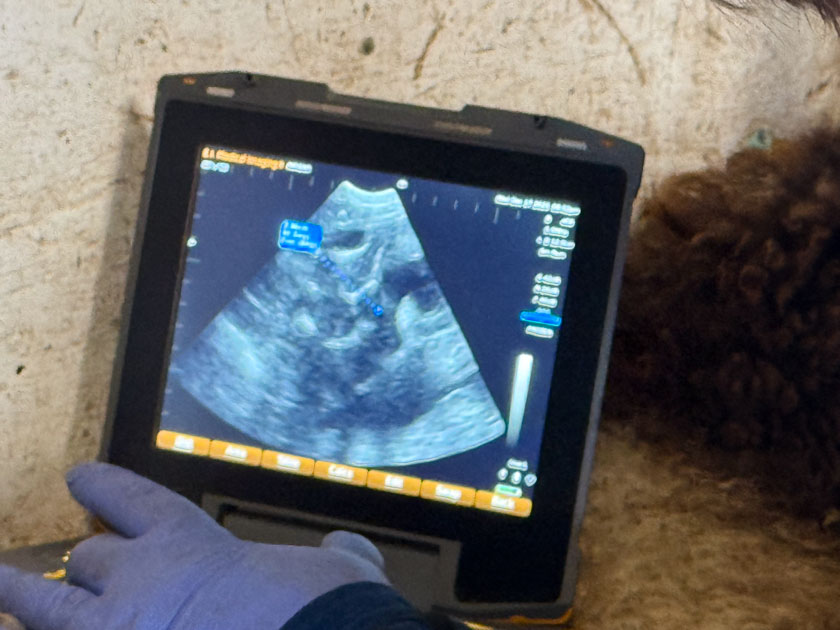
…or this one…
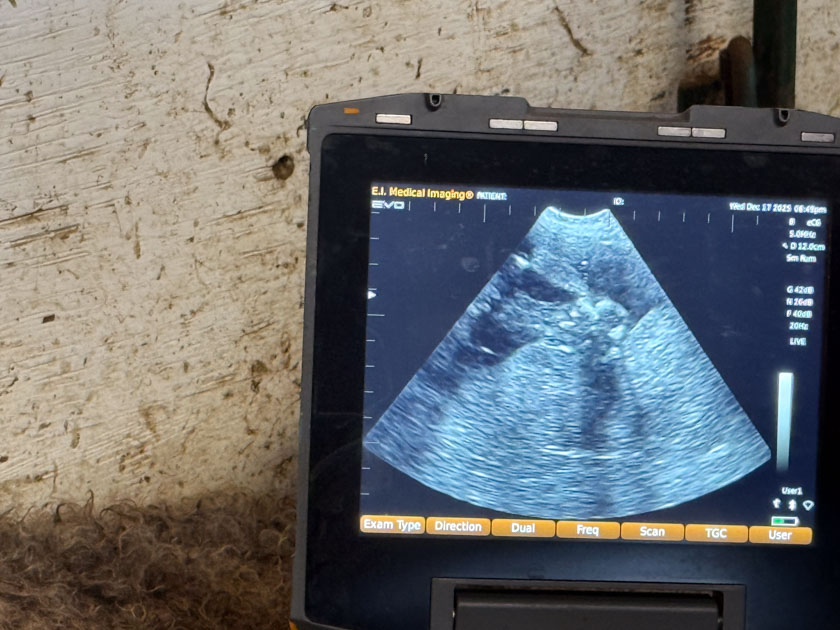
…or this one.

The sun came out–this was significant since it had been 23 days or so since we’d seen it! After the vets had left and I cleaned the barn I had to get out for a walk. The sheep that were Across the Road were moved a couple of days ago, but that is another story when I can get to it.

The vet tech wrote notes while they were working but this is how my spreadsheet looked when we were finished. Those people in Farm Club would recognize this as my breeding chart. Breeding groups are color coded on the left and dates are recorded as we go. (In case you’re getting a close-up look the dates on the left are hoof trimming, not breeding.) But all those circles and other notes are how I transcribed what the vets were saying. Fortunately I was able to take the vet tech’s notes and redo this spreadsheet, putting the rows into order of due date. That’s what we’ll refer to when breeding season starts.
One important item–when the rams got in with the ewes on September 1 at least one sheep was bred. The first due date is at the end of January while all the rest are due towards the end of February.

